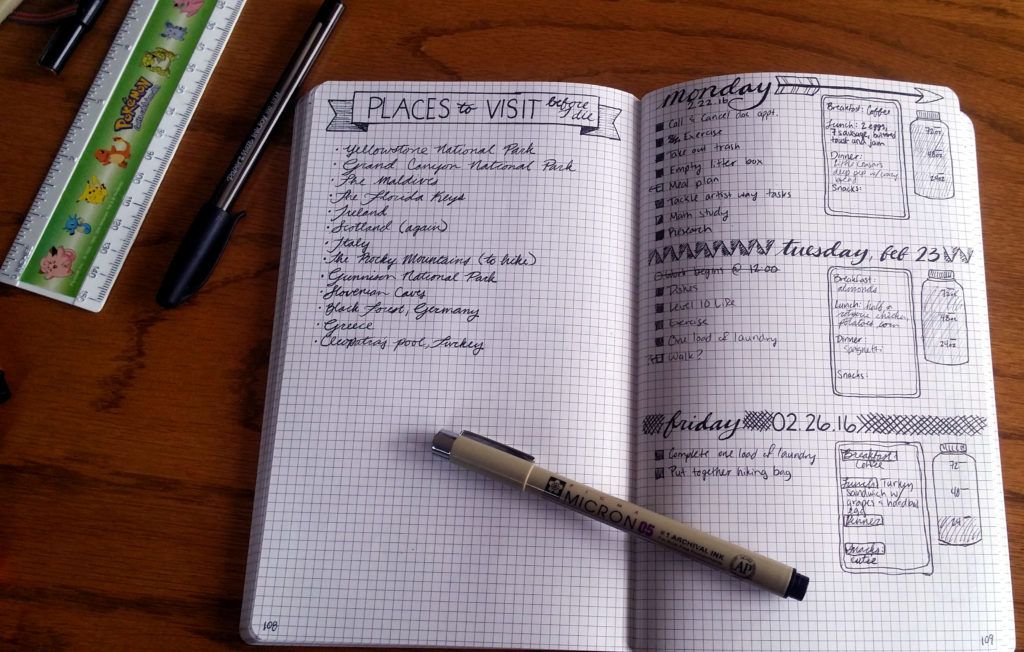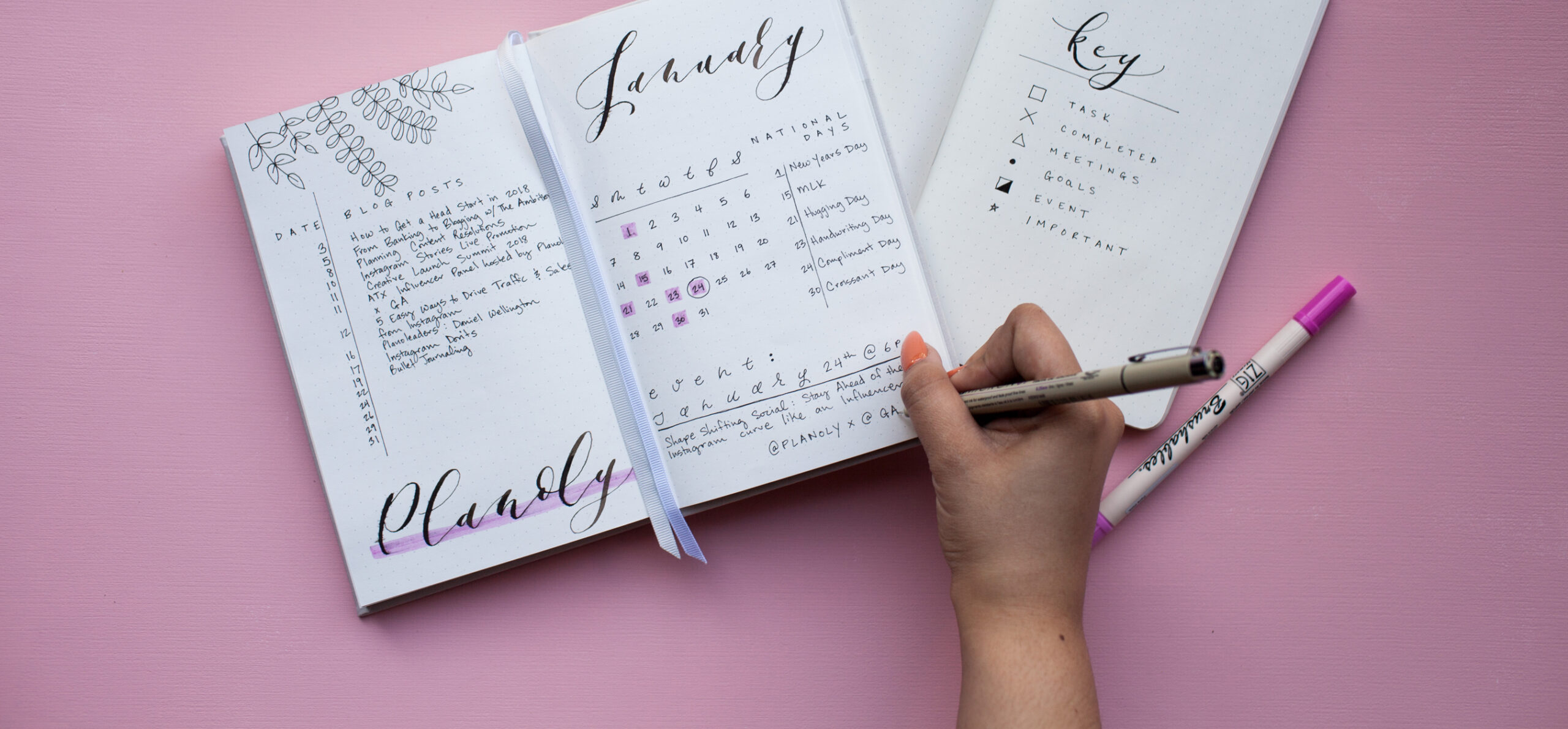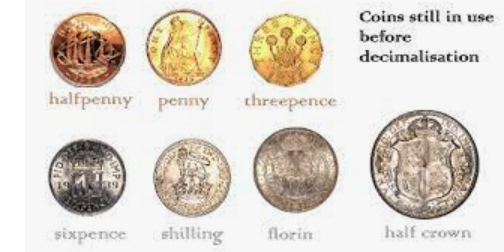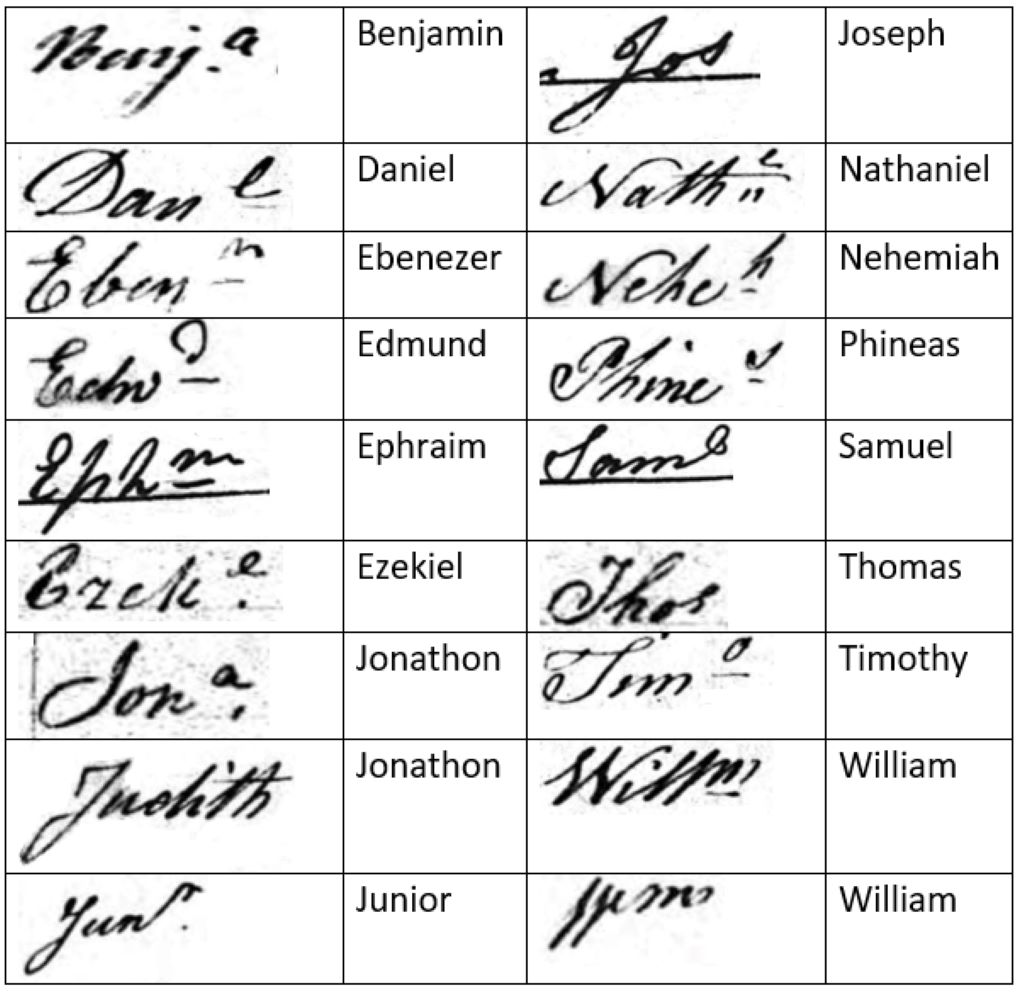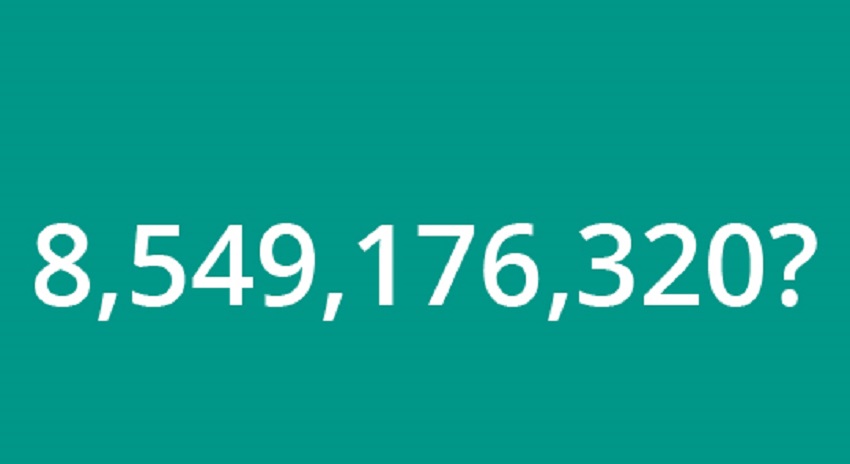If at this point, you do not know what the Bullet Journal is that you have not ever interested in scheduling and data collection so far. There is a ton of information on the web about what the Bullet Journal is and how it is made. However, I will try to be clear and simple in the explanations based on the original method. Later I will share other details of interest to adults.
How to start a bullet journal?
It is a minimalist (initially) data collection and task planning method that can be customized. It really is an agenda that you make yourself / or as the days go by. The Bullet Journal in a “theoretical” way teaches you guides or different ways of carrying out task planning and data collection.
You can find an explanatory video in English on its official website (with a very bad translation). I have tried to compile your system by translating and adapting it so that you fully understand what this Bullet Journal system is based on. It is not the original part of this post, but it is indispensable.
The theoretical method is based on a notebook in which you write down the days with the tasks that you have to develop or everything you have to remember through objective and synthesized lists.
You only need a notebook and a pen or pencil, with what you want to write. As you can see, it is super simple. Every day you write down everything that has to be remembered in the notebook on the day you are and you add a code that quickly identifies what it is about. This of the codes I explain below.
How to make the parts of a bullet journal?
Here is the video so you can see it while you read. It complements the post but does not replace it. Also, keep in mind that the design is not careful at all so that you understand the structure of the Bullet Journal.
Quick registration
It is based on an objective record of tasks and data collection. This method follows a minimalist and practical philosophy, so you don’t waste time planning. With which he calls these annotations “entries” and these should be simple and clear. You have to synthesize to the maximum. This record consists of topics, page numbers, short sentences, and bullets.
Once this is done, be sure to number the page. It is a habit that this method recommends every time you start a page. Title it and number it (to be later able to organize the table of contents well)
Short sentences
A quick registration is based on the use of short annotations paired with bullets. These should be objective sentences, as well as short. Bullets help organize entries (annotations) into three categories: Tasks, Events, and Notes.
Chores
Tasks are represented by a single dot “•”. They include any type of task to be carried out, such as “Buying bread”. The annotation of tasks has a recurring use in the Bullet Journal and therefore requires variations:
X = Complete Task
> = Migrated Task
<= Scheduled Task
But this is only indicative. You can create the symbols you want and add your codes to the Bullet Journal on a specific page, so you don’t forget. There are many code possibilities for Bullet Journal.
Events
Events are represented by an empty circle “O”. Events are tickets that can be scheduled, like birthdays, or logged after they occur, like when you’ve received a package you were expecting.
Event entries should also be short and objective. Reduced to the maximum. If you need to write down details about it, you can use the next page by putting a title with that “event entry” and writing there what you need. This can be done whenever you need it.
Notes
Notes are represented by a dash “-“. These include facts, ideas, thoughts, and observations. Notes are entries that you simply want to remember.
Signifiers or symbols
Signifiers are symbols that give the input a concrete and personal meaning. You can create them yourself / or according to your own needs. Bullet Journal offers us several examples:
Priority
Represented by “*.” It is used to give a task priority and placed to the left of a bullet so you can quickly view the most important posts.
Inspiration
Represented by an exclamation point “!” Most commonly paired with a note. Great ideas, personal mantras, and ideas of genius will never be lost again!
To explore
Represented by an eye is used when there is something that requires more research or searches for information.

